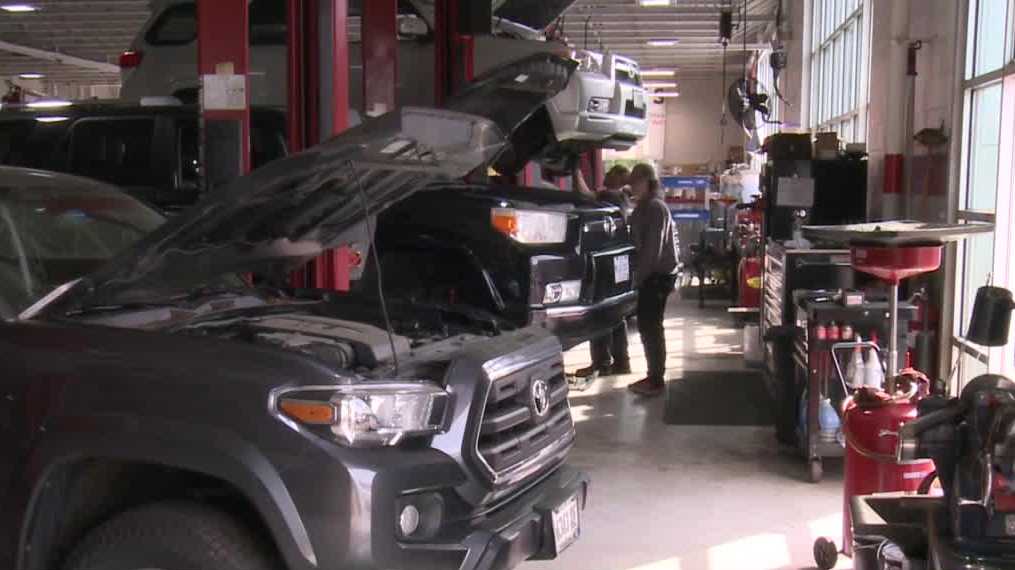staged release. You put it in the factory until you feel like you have advanced enough to be more generalizable. 100% of production will be taken up by that for a long while. Then you sell to early adopters, who will act as beta testers for you. By the time you can actually produce enough to go general-release, you've got tons of training data from the early adopters.
IOW -- exactly what they've been doing with cars.
Absolutely - to me that is Part 1. The factory environment will yield you a bot which can get around, interact with humans, follow commands, and do specialized factory work that it is trained to do. Phase 1, from an investment or human impact standpoint, can be analogized to the gigapress. It’s going to help Tesla accelerate the mission and increase margins, etc. It’s similar to how Apple introduced a phone that had some basic apps that could do a lot of neat stuff.
Part 2 is where the potential is truly unlocked and the bot expands the economy limitlessly. This is where you get your crazy valuations if you are thinking from a pocketbook perspective, or where life as we know it transforms because of the specialized tasks the bot conquers, from hospitality to elder care to construction to yard work. We think of them as “boring or repetitive or dangerous” jobs but that does not at all mean they are easy to train. Whether a bunch of early adopters (who like the idea of having a bot than can do some very basic tasks) will be able to offer enough training data/experiences such that the bot becomes competent at say, picking up a cat, is an open question. My guess, just based on what we have been witnessing with FSD, is no. It takes a LOT of iterations for the NNs to get
good at something. You can probably accelerate the timelines quite a bit if you let people decide exactly what they want the bot to get good at and somehow facilitate the training process.
Example…I’m not going to get very far by buying a bot and trying to teach it how to wash my car. I can show it my car, I can show it all my towels and buckets, and hoses, I can let it watch me do it. And I can offer verbal feedback to the bot when I hand it a towel and it does the wrong thing with it. That’s about it. This won’t get the bot very far in terms of competently being able to wash a car. It might if thousands of people are doing the same thing over many months or years, but the truth is only a small fraction of early adopters might be giving the bot any experience with washing a car. Contrast with the number of drivers making a right turn across Tesla’s entire fleet.
Now on the other hand, let’s say I own a hand car-washing business. I buy 10 bots, and let them observe or even try to work on the vast array of cars that come through my business daily and the things that are used in the process (soaps, towels, vacuums etc). In one day 10 bots might see and experience more than they would in a decade spread across thousands of homes. They would very quickly develop expertise in washing the cars and using the products as dictated by my business. Once complete to a satisfactory degree under my watch as the “trainer,” this skill stack would then become available to any bot owner for a price, and would also continually improve in a wider deployment. Of course, just like the development of smartphone apps, there will be competition, especially in the skillsets that will be most in demand.
I see a future in which, for my bot, I buy Kruggerand’s CatCare stack ($500), America’s Test Kitchen’s filet mignon stack ($50), Chemical Guy’s CarWash stack ($300), LG’s laundry stack ($1000), etc…




